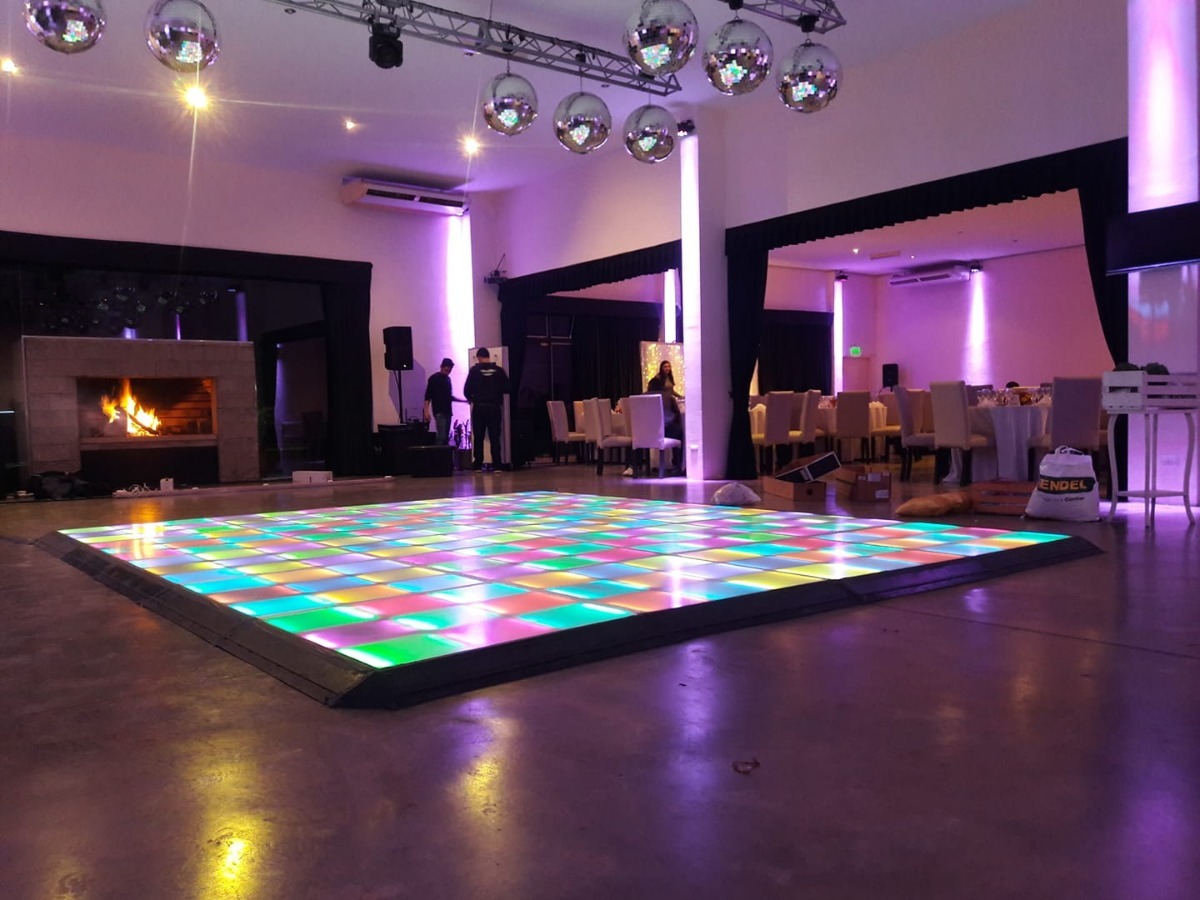
One notable trend in responsive light-emitting diode dance floors is the incorporation of intelligent technology. Many new designs feature sensors that identify movement and modify the lighting in response. This means that the floor can alter colors, designs, and effects based on how numerous individuals are moving and where they are located. This reactivity fosters a lively environment that encourages involvement and enthusiasm. Additionally, some designs enable participants to control the illumination through mobile applications, giving them the power to customize their encounter in real-time.
Another crucial trend is the use of eco-friendly materials and power-saving technology. As ecological issues increase, many designers are focusing on creating light-emitting diode dancing surfaces that are not only visually stunning but also eco-friendly. This includes using repurposed materials for the floor's construction and implementing energy-saving LED lights. These advancements assist minimize the carbon footprint of gatherings while still offering a captivating visual encounter. By focusing on sustainability, designers are appealing to a more environmentally aware crowd.
The incorporation of enhanced virtual reality (AR) is also transforming the responsive dancing floor experience. AR tech enables participants to view virtual graphics and animations overlaid on the real environment through their smartphones or AR spectacles. This can improve the dance floor encounter by introducing digital components that interact with the real environment. For example, dancers might see moving characters or visual effects that respond to their movements, producing a distinctive and captivating environment. This pattern is particularly attractive Web Site to millennial crowds who are accustomed to virtual engagements in their daily activities.
Additionally, the styling of interactive LED dance surfaces is becoming more flexible and modifiable. Many recent designs can be easily set up in different settings, from short-term gatherings to long-term setups. This flexibility allows venues to develop tailored encounters that address to different themes and audiences. Some models even include modular components that can be reconfigured to form different configurations and layouts. This flexibility not only improves the visual appeal but also allows for artistic design in gathering planning.
In conclusion, the future of interactive LED dancing surfaces is being shaped by innovative design patterns that concentrate on technology, sustainability, enhanced virtual reality, and flexibility. These advancements are creating more immersive and immersive experiences for participants, establishing dancing surfaces a key element of entertainment venues. As these trends keep to advance, they will likely redefine how individuals engage with music and motion, ensuring that interactive LED dance surfaces stay a popular option for events and festivities.